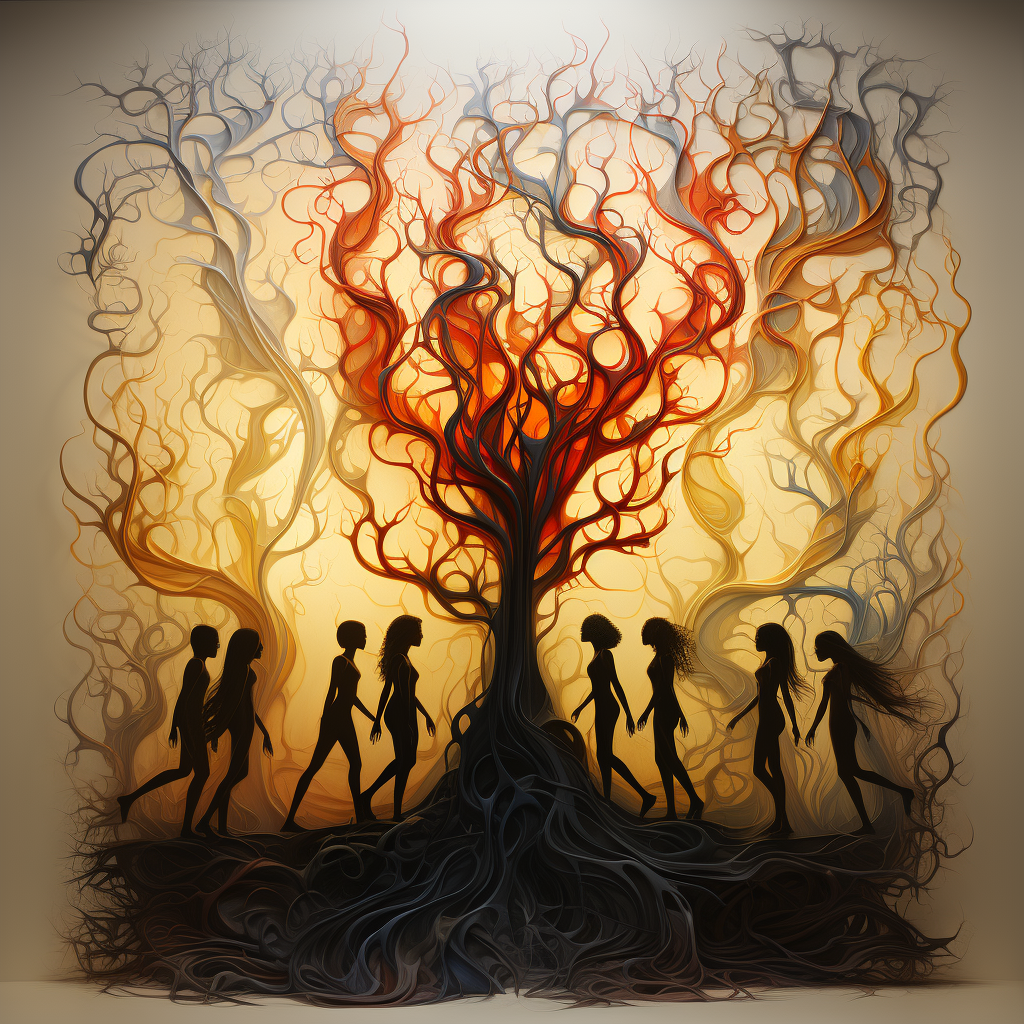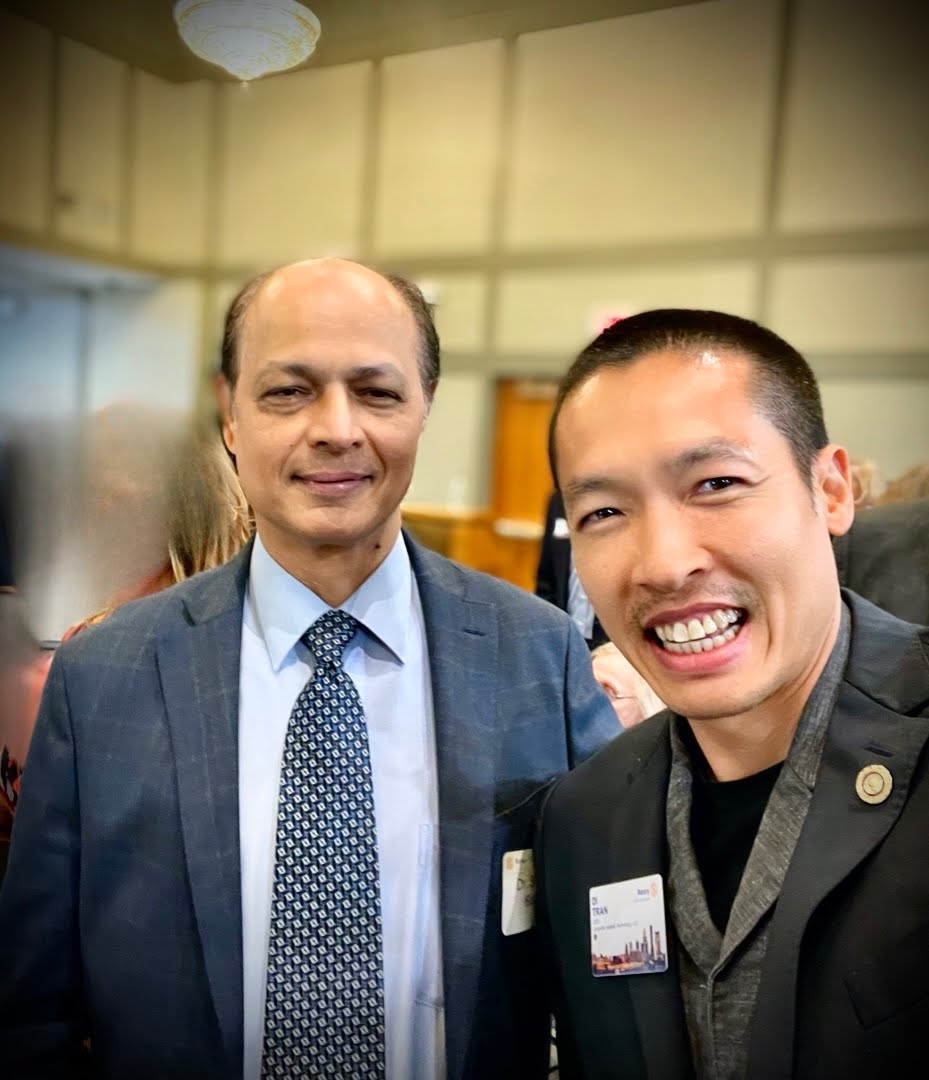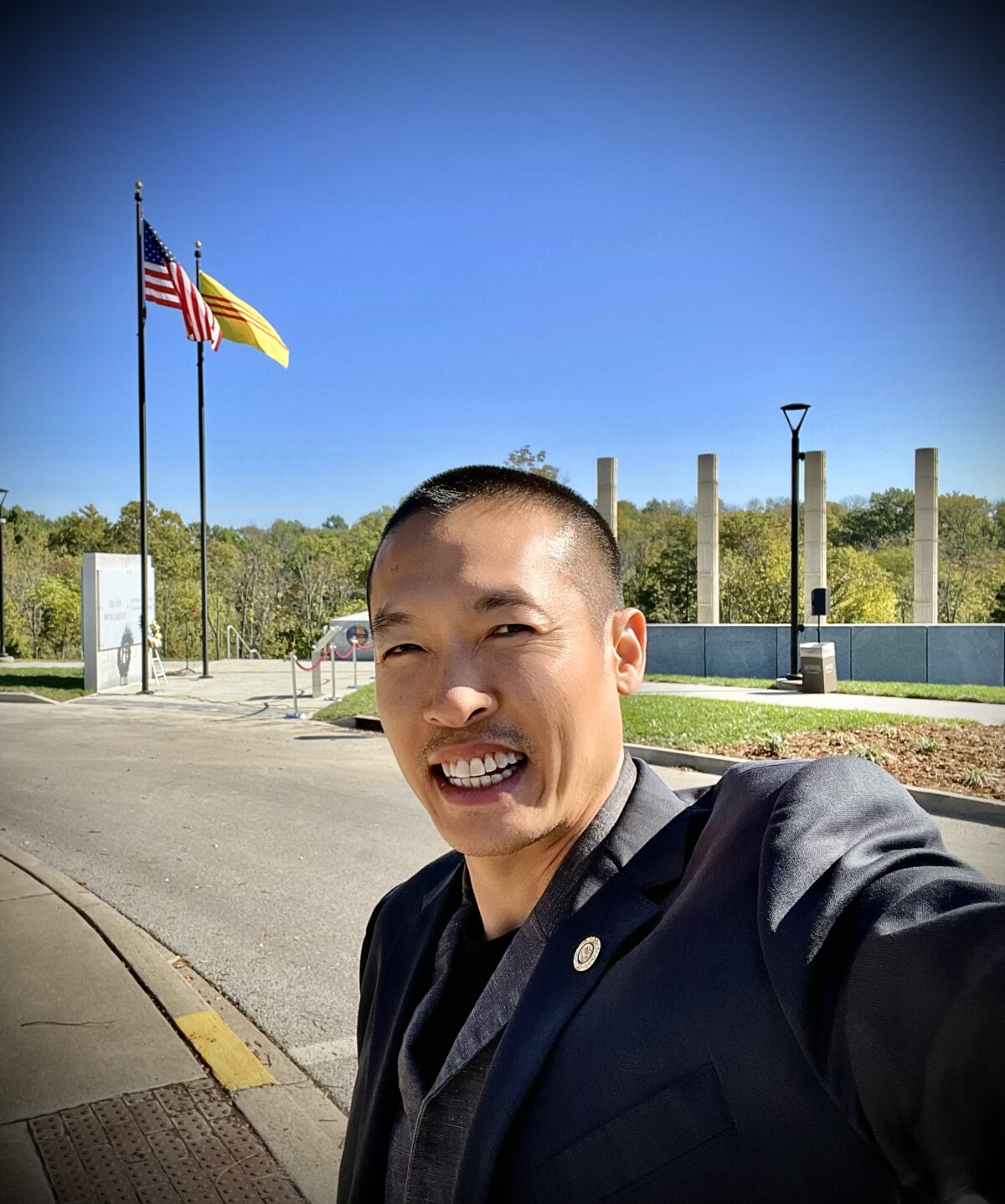Introduction
In a world that often emphasizes the pursuit of success, wealth, and tangible achievements, it is easy to overlook the simpler, more intrinsic aspects of life that contribute significantly to our overall well-being and happiness. Di Tran, a fervent advocate for mindfulness and gratitude, presents a practical solution to attain happiness: journaling gratitude for small achievements of the day, and acknowledging the first three thoughts that come to mind. In this article, we delve into the profound impact of this practice, supported by statistical studies and references to esteemed authors and books.
The Power of Gratitude
Gratitude, as defined by Robert A. Emmons in his book “Thanks! How the New Science of Gratitude Can Make You Happier,” is a feeling of thankfulness and appreciation for the positive aspects of life. Emmons’ extensive research demonstrates that regularly expressing gratitude leads to increased levels of happiness, optimism, and life satisfaction. Furthermore, individuals who maintain a gratitude journal report feeling better about their lives as a whole and experience reduced symptoms of depression.
Journaling Small Achievements
Di Tran emphasizes the importance of recognizing and appreciating small achievements throughout the day. This practice aligns with the principles laid out by Teresa Amabile and Steven J. Kramer in their book “The Progress Principle,” where they highlight the significance of celebrating small wins. Amabile and Kramer’s research reveals that acknowledging even minor progress enhances one’s work life, contributes to higher levels of creativity, and fosters overall well-being.
The First Three Thoughts
Starting the day with a positive mindset sets the tone for the rest of the day. Tran encourages individuals to journal the first three thoughts that come to mind each morning. This practice, supported by Shawn Achor in his book “The Happiness Advantage,” emphasizes the role of a positive mindset in achieving success and happiness. Achor’s research suggests that a positive brain is 31% more productive than a brain that is negative, neutral, or stressed. By channeling our thoughts toward gratitude and positivity, we pave the way for enhanced performance and a happier life.
Personal Testimony and Application
Di Tran’s personal journey and the practice of gratitude journaling are evident in her heartfelt expressions of thanks, such as “Thank you, God, for I gave my all today,” and “Thank you, God, for my blessed family that is sleeping in peaceful good night now.” These expressions reflect a deep sense of appreciation for life’s blessings, big and small. By incorporating this practice into our daily routine, we too can experience a shift in our mindset and an increase in our overall happiness.
Conclusion
The practice of journaling gratitude for small achievements and acknowledging the first three thoughts of the day presents a practical and effective solution to attaining happiness. Backed by statistical studies and the works of renowned authors, this practice proves to be a powerful tool in fostering positivity, well-being, and a fulfilled life. Let us embrace this journey of gratitude and mindfulness, as we unlock the doors to a happier, more content life.










